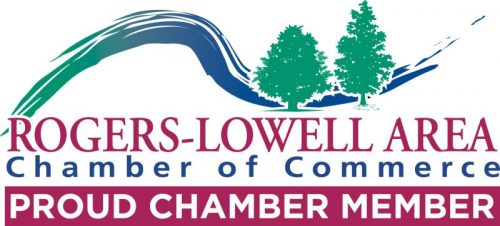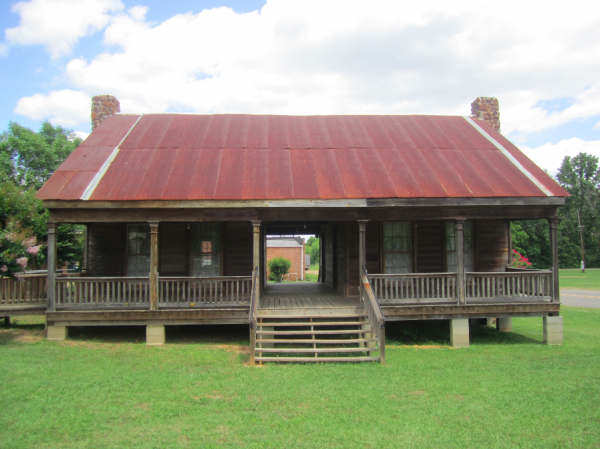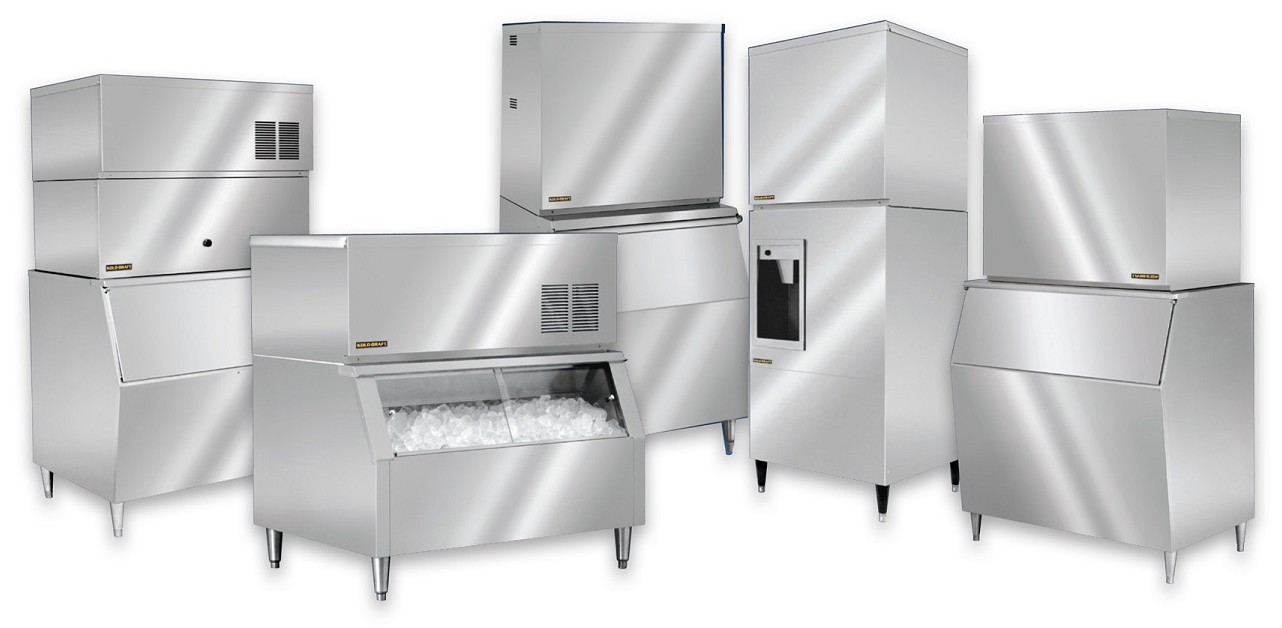We are proud to announce that Forward Engineers has joined the Rogers-Lowell Area Chamber of Commerce. I have been able to attend a couple business after hours already and it has been a pleasure to meet other businesses and entrepreneurs in our community.
Established in Rogers in 1922, the Chamber is committed to growing business and building an outstanding community. Forward Engineers is honored to now be a part of this mission. We are excited for what the future holds for our business and our community and look forward to meeting even more local businesses at future Chamber events.



